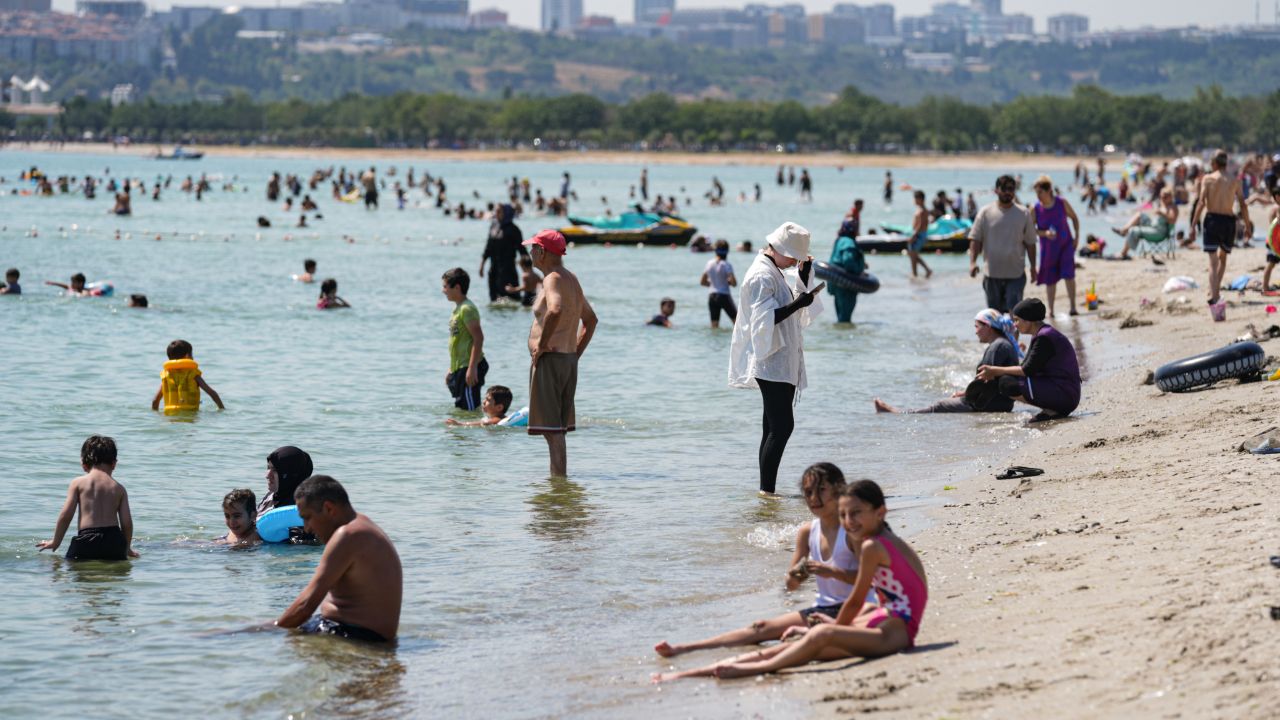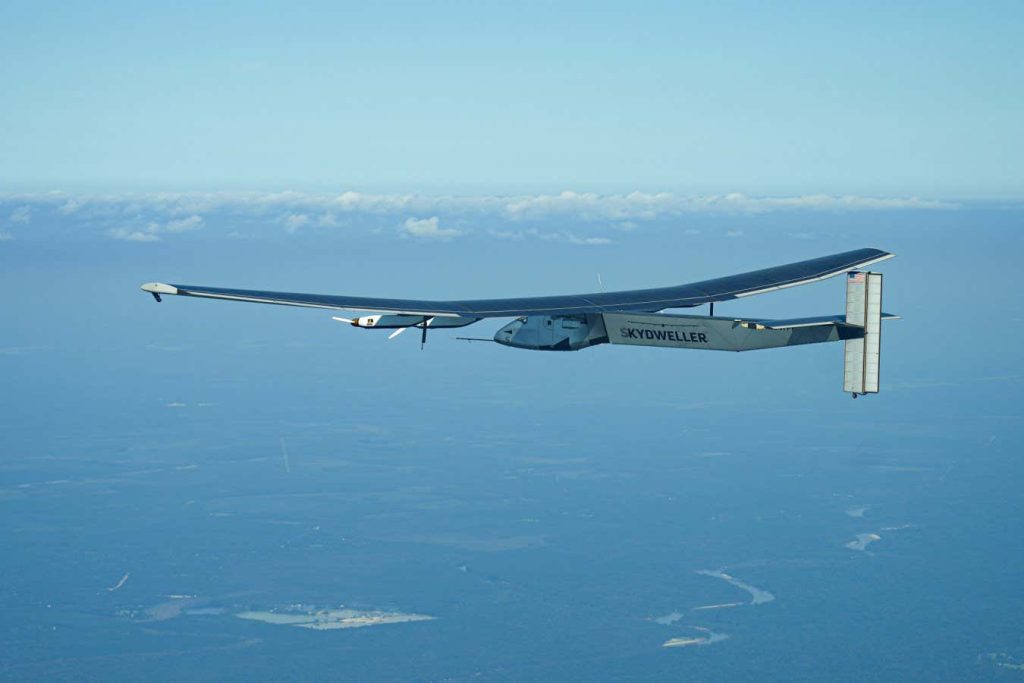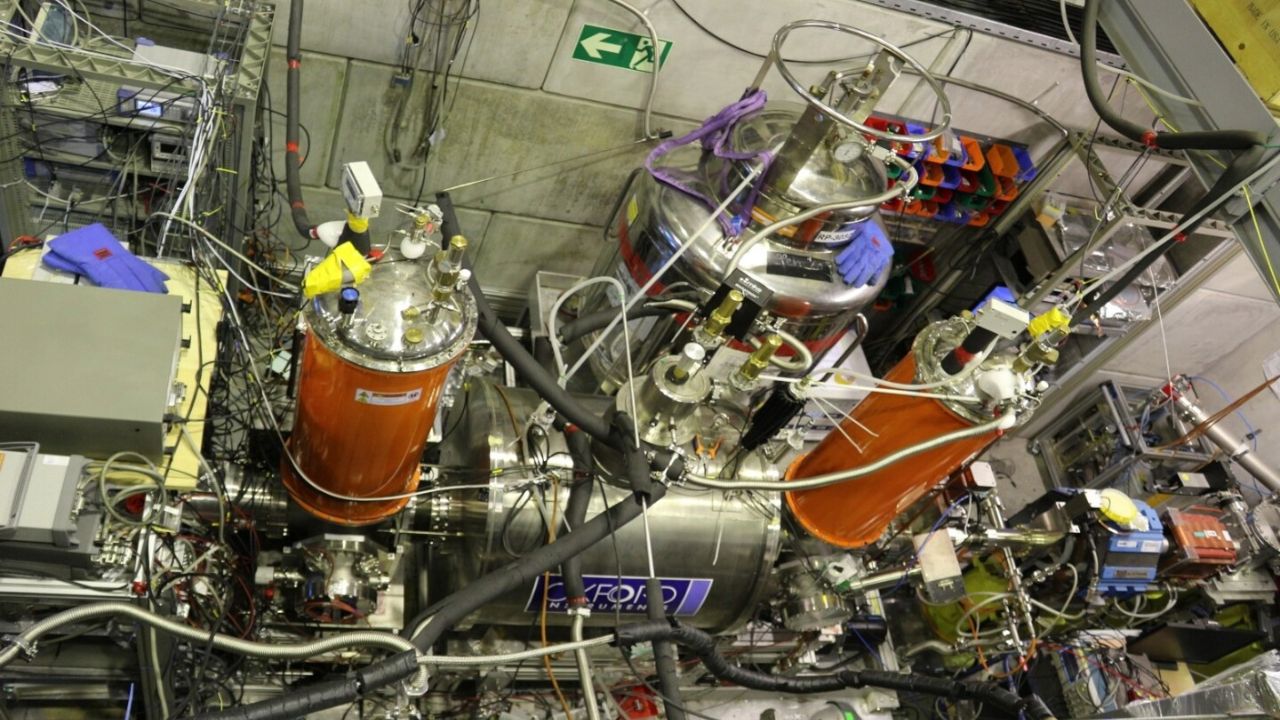Now Reading: 2023 Sees Record Marine Heatwaves: Are We Near a Climate Tipping Point?
-
01
2023 Sees Record Marine Heatwaves: Are We Near a Climate Tipping Point?
2023 Sees Record Marine Heatwaves: Are We Near a Climate Tipping Point?

Quick Summary
- Marine Heatwave Record: Satellite data reveals that 2023 had unprecedented marine heatwaves in terms of duration, intensity, and reach globally.
- Key Regions Affected:
– North Atlantic: Heatwave lasted 525 days due to reduced cloud cover and weaker winds.
– Southwest Pacific: Extensive spatial coverage, impacted by less cloud cover and wind changes.- Tropical Eastern Pacific: Peak temperatures reached during El Niño conditions (1.63°C anomaly).
– North Pacific: Persistent rise over four years due to enhanced sunlight absorption and warm water movement.
- Impacts on Ecosystems: Marine heatwaves stress ecosystems, triggering coral bleaching, species redistribution, reduction in fishery yields (e.g., Pacific cod fishery decline), and economic challenges for aquaculture industries.
- Scientific Approach: Researchers used high-resolution ocean data (ECCO2 reanalysis project) alongside satellite observations (OISST) to study the mechanisms behind warming events.
- Driving Factors: Local atmospheric changes combined with global warming contribute considerably to extreme ocean temperatures; feedback loops may indicate a climate tipping point.
Indian Opinion Analysis
India’s dependence on coastal ecosystems for fisheries, aquaculture industries, and livelihoods means that intensifying marine heatwaves pose deep concerns for its economy and food security. While the country’s coasts are not prominently featured in this study’s specific findings about regional anomalies like those in North Atlantic or Southwest Pacific zones-this global phenomenon underscores vulnerabilities faced by nations like India that rely heavily on predictable marine systems. India’s growing role as a participant in climate actions must align with international cooperation focused on research efforts such as better forecasting tools mentioned here.Additionally, challenges such as coral reef degradation may have ripple effects into tourism sectors across regions like Goa or Andaman islands where ecological health sustains local economies. A proactive approach blending scientific advancements with policies addressing excess emission controls is vital for safeguarding resources critical to millions along Indian coasts.
Read More: Satellite Data reveals record-Breaking Marine Heatwaves




























